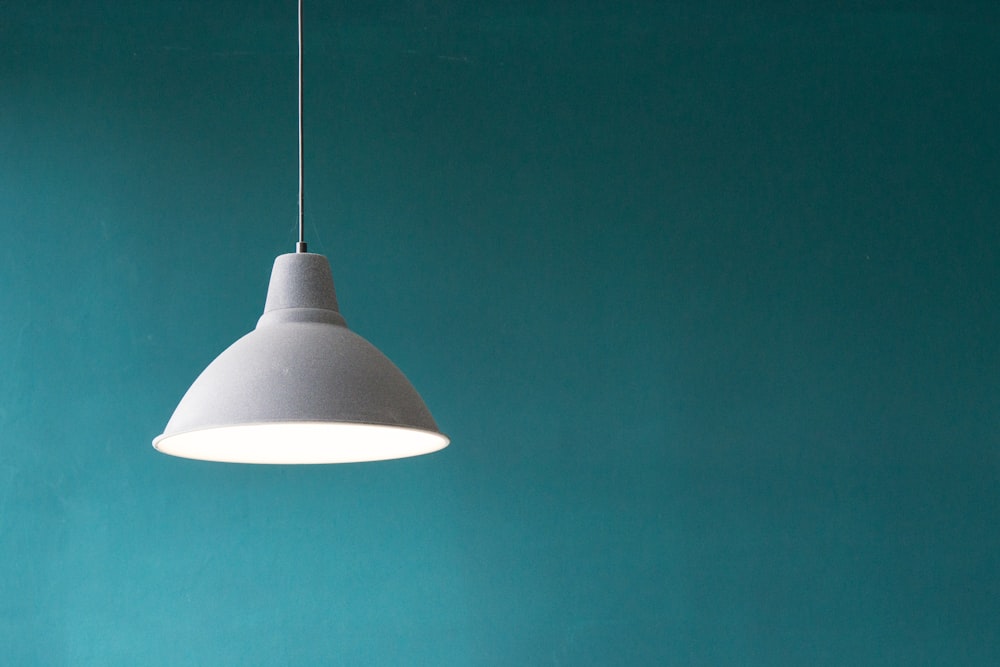
Vibrant Spaces Exploring Interior Colour Design Trends
Subheading: The Influence of Colour in Interior Design
Colour is a powerful tool in interior design, capable of transforming the mood and atmosphere of a space in an instant. From bold and vibrant hues to soft and soothing tones, the colours we choose for our homes can have a significant impact on how we feel and interact with our surroundings. As we explore the latest trends in interior colour design, we uncover the ways in which colour can breathe life into our living spaces.
Subheading: Embracing Vibrant Hues
In recent years, there has been a resurgence of interest in vibrant and bold colours in interior design. From rich jewel tones like emerald green and sapphire blue to playful pastels and fiery reds, homeowners are increasingly drawn to colours that make a statement and add personality to their homes. By incorporating vibrant hues into their interiors, they can create spaces that feel dynamic, energetic, and full of life.
Subheading: The Rise of Earthy Tones
While vibrant colours continue to make waves in interior design, there has also been a growing appreciation for earthy and natural tones. Shades of beige, taupe, and warm browns evoke a sense of grounding and stability, bringing a touch of the outdoors into the home. Paired with natural materials like wood and stone, earthy tones create a cozy and inviting atmosphere that encourages relaxation and comfort.
Subheading: Exploring Colour Blocking
Colour blocking is a trend that has gained popularity in recent years, allowing homeowners to experiment with bold and contrasting colours in their interiors. Whether it’s painting a feature wall in a bright and unexpected hue or incorporating pops of colour through furniture and accessories, colour blocking adds visual interest and drama to any space. By playing with contrasting colours and geometric shapes, homeowners can create dynamic and eye-catching interiors that reflect their unique sense of style.
Subheading: Incorporating Soft Pastels
Soft pastel colours have long been associated with femininity and romance, but they are now making a comeback in interior design as well. Shades like blush pink, baby blue, and soft lavender add a touch of sweetness and serenity to any space, creating a sense of calm and tranquility. Whether used as wall colours, accents, or furniture upholstery, pastels can infuse a space with a sense of lightness and airiness that is both refreshing and inviting.
Subheading: Balancing Neutrals with Accents
Neutral colours like white, beige, and gray continue to be popular choices in interior design, valued for their versatility and timeless appeal. However, homeowners are increasingly opting to pair these neutral hues with bold accent colours to add visual interest and depth to their interiors. Whether it’s a pop of mustard yellow in a monochromatic colour scheme or a splash of teal against a neutral backdrop, balancing neutrals with accents creates a sense of balance and harmony in any space.
Subheading: Personalizing with Colour Psychology
Colour psychology plays a significant role in interior design, influencing our emotions, behaviours, and perceptions of space. By understanding the psychological effects of different colours, homeowners can use colour strategically to create spaces that support their well-being and enhance their quality of life. Whether it’s using calming blues in a bedroom or energizing yellows in a home office, incorporating colour psychology into interior design allows homeowners to personalize their spaces in meaningful and impactful ways.
Subheading: Experimenting with Texture and Colour
Texture is another important element to consider when exploring interior colour design trends. Textured materials like velvet, suede, and woven textiles add depth and dimension to a space, creating visual interest and tactile appeal. By layering different textures in a variety of colours, homeowners can create multi-dimensional interiors that feel rich, luxurious, and inviting. From plush rugs to textured wallpaper, experimenting with texture and colour allows homeowners to express their creativity and style in unique and exciting ways.
Subheading: Creating Cohesion with Colour Schemes
While it’s tempting to experiment with a wide range of colours in interior design, creating cohesion and harmony is essential for achieving a polished and cohesive look. Choosing a cohesive colour scheme that ties together different elements in a space helps create a sense of unity and balance. Whether it’s a monochromatic colour scheme with varying shades of the same hue or a complementary colour scheme that combines contrasting colours on the colour wheel, creating cohesion with colour schemes ensures that all the elements in a space work together harmoniously.
Subheading: The Future of Colour in Interior Design
As we look to the future of interior design, it’s clear that colour will continue to play a significant role in shaping our living spaces. Whether it’s embracing bold and vibrant hues, exploring the soothing simplicity of earthy tones, or experimenting with texture and colour, homeowners are increasingly using colour as a means of self-expression and personalization in their homes. By staying attuned to the latest trends and exploring new possibilities, homeowners can create vibrant and dynamic spaces that reflect their unique personalities and lifestyles. Read more about interior colour design



